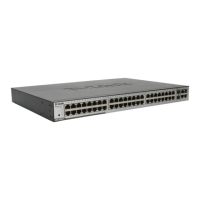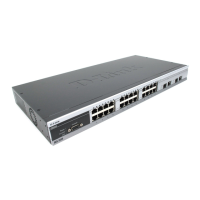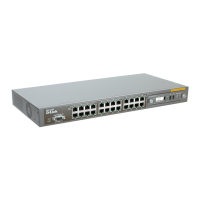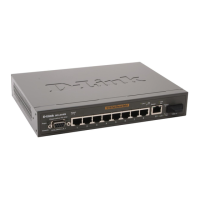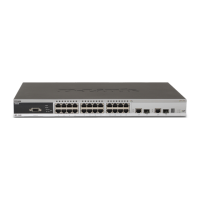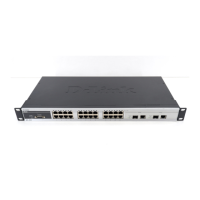DES-3226S Layer 2 Fast Ethernet Switch User’s Guide
91
Figure 6 - 70. Link Aggregation − New
To edit an existing entry to the Switch’s forwarding table, click the entry’s corresponding click-box and then click the edit
button:
Figure 6 - 71. Link Aggregation − Edit
The following fields can be set:
Parameter Description
Group ID
Allows the entry of a number used to identify the link aggregation group − when adding a
new group. Displays the Group ID of the currently selected link aggregation group −
when editing and existing entry.
Type
Select the type of link aggregation used for the group. If type is not specified the default
type is Static. Aggregated ports may be either LACP or Static. LACP indicates the port
group as LACP compliant so they can be connected to a n LACP compliant device.
Static trunk groups are not able to adjust dynamically and both devices connected to the
static trunk group must be manually configured if the composition of the group is
changed.
Master Port <1>
The Master port of link aggregation group.
Unit
Allows the selection of a particular Switch in a Switch stack, if you have the optional
stacking module installed and have properly interconnected the Switches in the Switch
stack.
Port Member
Allows the specification of the ports that will make up the link aggregation group.
Status <Disabled>
This field can be toggled between Enabled and Disabled. This is used to turn a link
aggregation group on or off. This is useful for diagnostics, to quickly isolate a bandwidth
intensive network device or to have an absolute backup link aggregation group that is not
under automatic control.
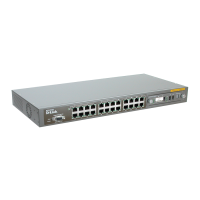
